Home>Furniture & Design>Outdoor Furniture>How To Cook Pizza In An Outdoor Pizza Oven
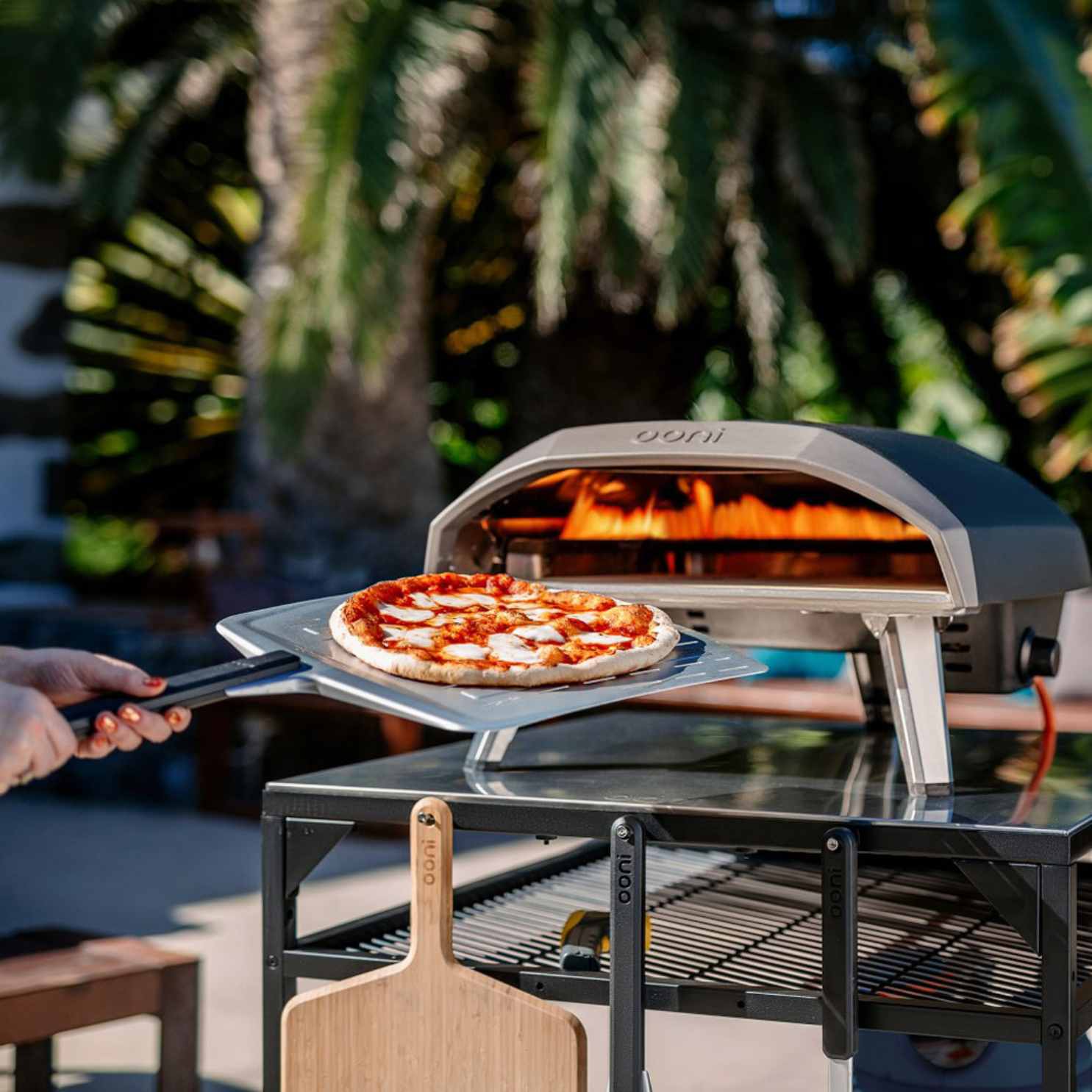

Outdoor Furniture
How To Cook Pizza In An Outdoor Pizza Oven
Modified: January 19, 2024
Learn how to cook delicious pizza in your outdoor pizza oven with our expert tips and recipes. Elevate your outdoor-furniture-furniture-and-design experience with homemade pizza perfection.
(Many of the links in this article redirect to a specific reviewed product. Your purchase of these products through affiliate links helps to generate commission for Storables.com, at no extra cost. Learn more)
Introduction
Welcome to the world of outdoor pizza ovens, where the aroma of freshly baked pizza mingles with the crisp, open-air ambiance. Cooking pizza in an outdoor pizza oven is an experience that transcends the ordinary. The sizzle of the toppings, the bubbling cheese, and the tantalizing scent of wood-fired crust combine to create a culinary masterpiece that is as much about the process as it is about the end result.
In this guide, we will delve into the art of cooking pizza in an outdoor pizza oven, exploring everything from choosing the right oven to preparing the perfect dough and toppings. Whether you are a seasoned pizza enthusiast or a newcomer to the world of outdoor cooking, this article will equip you with the knowledge and techniques to elevate your pizza-making skills to new heights.
Join us as we embark on a journey to discover the secrets of creating mouthwatering, artisanal pizzas in the great outdoors. From selecting the ideal outdoor pizza oven to mastering the nuances of wood-fired cooking, this guide will empower you to unleash your creativity and culinary prowess, all while basking in the joys of al fresco dining.
So, roll up your sleeves, dust off your apron, and get ready to immerse yourself in the delightful realm of outdoor pizza-making. Whether you prefer classic Margheritas or adventurous combinations of gourmet ingredients, the outdoor pizza oven is your gateway to a world of delectable flavors and unparalleled culinary experiences. Let's fire up the oven and embark on a quest to perfect the art of cooking pizza in the great outdoors.
Key Takeaways:
- Elevate your outdoor pizza-making skills by choosing the right oven, preparing exquisite dough and toppings, and mastering the art of cooking in a wood-fired outdoor pizza oven.
- Embrace the al fresco dining experience and elevate your outdoor pizza-making prowess with high-quality ingredients, rotational finesse, and a touch of creativity in crafting artisanal pizzas.
Read more: How To Cook Pizza In An Outdoor Pizza Oven
Choosing the Right Outdoor Pizza Oven
When it comes to selecting the perfect outdoor pizza oven, there are several factors to consider, each of which can significantly impact your pizza-making experience. From traditional brick ovens to portable wood-fired models, the options abound, offering a diverse range of features and functionalities to suit various preferences. Here are some key considerations to keep in mind when choosing an outdoor pizza oven:
- Size and Portability: Determine the space available in your outdoor setting and whether you prefer a permanent fixture or a portable option that can be moved as needed. Portable ovens are ideal for versatile outdoor cooking, while larger, fixed models offer a more traditional and visually striking presence.
- Heat Source: Outdoor pizza ovens typically utilize wood, gas, or charcoal as the primary heat source. Each option has its unique characteristics, with wood-fired ovens imparting a distinct smoky flavor to the pizza, gas ovens offering convenient and consistent heat, and charcoal ovens providing a balance between flavor and control.
- Material and Insulation: The construction of the oven plays a crucial role in heat retention and distribution. Look for ovens made from high-quality materials such as refractory brick, clay, or stainless steel, which offer excellent insulation and durability for consistent cooking performance.
- Temperature Range: Consider the maximum temperature capabilities of the oven, as higher temperatures are essential for achieving the signature char and crispness of a Neapolitan-style pizza crust. A versatile oven that can reach high temperatures while also maintaining lower heat for longer cooking durations provides flexibility for various pizza styles.
- Aesthetics and Design: Beyond functionality, the visual appeal of the oven can enhance the overall ambiance of your outdoor space. Traditional brick ovens exude rustic charm, while modern designs with sleek finishes can complement contemporary settings.
By carefully evaluating these factors and aligning them with your preferences and cooking style, you can choose an outdoor pizza oven that not only meets your practical needs but also adds a touch of character and authenticity to your outdoor culinary endeavors. Whether you opt for a compact, portable oven for on-the-go pizza parties or invest in a permanent, wood-fired centerpiece for your outdoor kitchen, the right oven will serve as the cornerstone of your outdoor pizza-making adventures.
Preparing the Pizza Dough
The foundation of a remarkable pizza lies in its dough—a harmonious blend of flour, water, yeast, salt, and a touch of olive oil. Crafting the perfect pizza dough is an art form that requires precision, patience, and a deep appreciation for the alchemy of fermentation. Here’s a step-by-step guide to preparing exquisite pizza dough for your outdoor culinary escapades:
- Ingredients: Gather high-quality, finely milled flour, such as Italian 00 flour or bread flour, to provide the ideal texture and structure for the dough. Additionally, you will need fresh yeast or instant dry yeast, sea salt, extra-virgin olive oil, and lukewarm water to activate the yeast.
- Mixing and Kneading: In a large mixing bowl, combine the flour and salt, creating a well in the center. Dissolve the yeast in the lukewarm water and pour it into the well, along with the olive oil. Gradually incorporate the flour into the liquid, mixing until a cohesive dough forms. Transfer the dough to a lightly floured surface and knead it vigorously, using the heel of your palm to stretch and fold the dough, developing its gluten structure and elasticity.
- Fermentation: Place the kneaded dough in a lightly oiled bowl, covering it with a damp cloth or plastic wrap. Allow the dough to rise at room temperature until it doubles in size, typically ranging from 6 to 24 hours, depending on the desired fermentation level and ambient temperature. The prolonged fermentation contributes to the development of complex flavors and a light, airy texture in the finished crust.
- Dividing and Shaping: Once the dough has undergone its transformative fermentation, gently deflate it and divide it into individual portions, shaping each portion into a smooth ball. Lightly flour the dough balls and let them rest, covered, for an additional 30 minutes to relax the gluten and facilitate shaping. This resting period also allows the dough to reach its optimal extensibility for easy stretching and shaping.
- Stretching and Pizzaiolo Techniques: With a dusting of flour on your work surface, begin shaping the dough by gently pressing and stretching it from the center outward, leaving a slightly raised edge to form the characteristic crust. Embrace the traditional pizzaiolo techniques of hand-stretching or using a rolling pin to achieve the desired thickness and shape, whether round, oblong, or rustic.
By following these meticulous steps and infusing the dough-making process with care and attention, you will lay the groundwork for exceptional pizzas that showcase the inherent qualities of well-crafted dough. The tactile engagement and transformative nature of dough preparation set the stage for the culinary symphony that unfolds in the outdoor pizza oven, where the dough undergoes its final metamorphosis into a delectably blistered and golden-brown crust.
Preparing the Pizza Toppings
Embarking on the journey of crafting delectable pizza toppings opens a realm of culinary creativity and flavor exploration. From vibrant, sun-ripened tomatoes to artisanal cheeses and an array of tantalizing herbs and vegetables, the art of preparing pizza toppings is a celebration of fresh, high-quality ingredients and harmonious flavor combinations. Here’s a guide to curating and preparing exceptional toppings for your outdoor pizza creations:
- Tomato Sauce: Begin with a base of luscious tomato sauce, crafted from ripe San Marzano tomatoes or vibrant, locally sourced varieties. Simmer the tomatoes with aromatic garlic, fragrant basil, and a drizzle of olive oil, allowing the flavors to meld into a rich, savory sauce that forms the foundation of the pizza.
- Cheeses: Explore a medley of cheeses to impart luxurious creaminess and depth of flavor to your pizzas. Consider classic mozzarella for its melt-in-your-mouth texture, tangy Parmigiano-Reggiano for a bold accent, and fresh, milky burrata for a decadent touch. Experiment with combinations of cheeses to achieve a perfect balance of stretch, richness, and umami complexity.
- Vegetables and Herbs: Embrace the bounty of seasonal vegetables and aromatic herbs to elevate your pizza toppings. Roasted bell peppers, caramelized onions, earthy mushrooms, and vibrant greens such as arugula and basil infuse the pizzas with layers of color, texture, and nuanced flavors. Fresh herbs like oregano, thyme, and rosemary add a fragrant dimension to the toppings, enhancing the overall sensory experience.
- Meats and Seafood: For aficionados of savory indulgence, consider adding premium meats and seafood to your pizza repertoire. Thinly sliced prosciutto, spicy salami, and savory pancetta contribute savory depth, while succulent shrimp, tender clams, and briny anchovies offer a taste of the sea. The interplay of these proteins with the other toppings creates a symphony of flavors that captivate the palate.
- Finishing Touches: Elevate the flavor profile of your pizzas with a drizzle of extra-virgin olive oil, a sprinkle of sea salt, and a dash of freshly ground black pepper. These finishing touches not only enhance the visual appeal of the pizzas but also accentuate the natural flavors of the ingredients, culminating in a sensory experience that transcends the ordinary.
By curating a diverse selection of toppings and treating each component with the reverence it deserves, you will embark on a culinary odyssey that celebrates the essence of farm-fresh produce, artisanal craftsmanship, and the boundless possibilities of flavor harmonization. The art of preparing pizza toppings is a testament to the transformative power of simple, thoughtfully selected ingredients, which, when combined, yield a mosaic of flavors that elevate the outdoor pizza experience to extraordinary heights.
Preheat the outdoor pizza oven to at least 700°F to ensure a crispy crust. Use a pizza peel to slide the pizza onto the hot pizza stone, and rotate it halfway through cooking for even browning.
Heating the Outdoor Pizza Oven
The process of heating an outdoor pizza oven is a pivotal prelude to the culinary symphony that is about to unfold. Achieving the ideal temperature within the oven is essential for creating pizzas with impeccably charred crusts, perfectly melted cheeses, and harmoniously cooked toppings. Whether your oven is wood-fired, gas-powered, or charcoal-fueled, the art of heating it requires finesse, attentiveness, and an understanding of the nuances of heat management. Here’s a comprehensive guide to heating your outdoor pizza oven to culinary perfection:
- Preparation and Clearing: Before igniting the heat source, ensure that the oven floor is free of any residual ash or debris from previous use. Use a brush or damp cloth to clear the surface, maintaining a clean and even cooking environment.
- Wood-Fired Ovens: If you are using a wood-fired oven, begin by building a well-structured fire with seasoned hardwood, such as oak or maple, at the center of the oven floor. Allow the fire to burn and gradually spread, creating a bed of embers that will radiate consistent, ambient heat throughout the oven chamber.
- Gas and Charcoal Ovens: For gas-powered or charcoal-fueled ovens, ignite the respective heat source and adjust the settings to reach the desired temperature. Gas ovens offer precise temperature control, while charcoal ovens require attentive monitoring and occasional adjustments to maintain the heat level.
- Temperature Monitoring: Utilize an infrared thermometer or a built-in temperature gauge, if available, to monitor the heat distribution within the oven. Aim for a temperature range of 700 to 900 degrees Fahrenheit (370 to 480 degrees Celsius) for Neapolitan-style pizzas, allowing the oven to preheat for at least 45 minutes to ensure that the cooking surface reaches an optimal heat level.
- Heat Management: Throughout the preheating process, observe the behavior of the flames, embers, or heating elements to gauge the uniformity of the heat distribution. Rotate the pizzas during cooking, if necessary, to ensure even browning and consistent cooking of the toppings.
By mastering the art of heating the outdoor pizza oven, you set the stage for the transformative journey that unfolds as the raw ingredients metamorphose into delectable pizzas. The radiant heat, infused with the aromatic essence of wood or the precision of gas, acts as the catalyst that brings forth the alchemy of pizza-making, yielding crusts that are kissed by flames and toppings that are imbued with the essence of outdoor cooking. With the oven primed and pulsating with heat, it’s time to usher in the next act: the art of cooking the pizza.
Cooking the Pizza
As the outdoor pizza oven radiates with the fervent glow of heat, the moment arrives to embark on the transformative act of cooking the pizza. This stage of the culinary journey encapsulates the convergence of artistry, precision, and sensory allure as the raw elements harmonize within the fiery embrace of the oven. From the gentle dance of the dough to the caramelization of toppings, the process of cooking a pizza in an outdoor oven is a symphonic crescendo of flavors and textures. Here’s a step-by-step guide to orchestrating the enchanting act of pizza cooking:
- Preparation and Assembly: With the oven primed and the toppings meticulously arranged, carefully transfer the prepared pizza onto a well-dusted pizza peel or a wooden paddle. The dusting of flour or semolina on the peel ensures that the pizza slides effortlessly onto the oven floor for seamless cooking.
- Entry into the Oven: Swiftly maneuver the pizza peel, guiding the pizza into the heart of the oven with a decisive, confident motion. The radiant heat and aromatic wood smoke envelop the pizza as it settles onto the oven floor, commencing its metamorphosis into a culinary masterpiece.
- Rotational Mastery: As the pizza undergoes its radiant baptism within the oven, monitor its progress and rotate it periodically using the peel to ensure even cooking and charring of the crust. This rotational finesse allows the pizza to achieve an exquisite balance of crispness and tenderness, accentuating the artisanal qualities of the crust.
- Visual and Aromatic Cues: Observe the pizza as it undergoes its fiery transformation, noting the visual cues of bubbling cheese, blistering crust, and aromatic effusions that signal the culmination of the cooking process. The tantalizing scent of wood-fired essence infuses the air, heightening the anticipation of the forthcoming culinary delight.
- Egress and Resting: With the pizza adorned in the resplendence of charred artistry and harmonized flavors, deftly retrieve it from the oven using the peel, ensuring a seamless transfer to a waiting cutting board or serving platter. Allow the pizza to rest briefly, allowing the bubbling fervor to subside and the flavors to harmonize before embarking on the final act: the indulgent pleasure of savoring the pizza.
As the pizza emerges from the outdoor oven, adorned with the imprints of wood-fired artistry and the essence of al fresco cooking, it embodies the culmination of the culinary odyssey—a testament to the fusion of tradition, craftsmanship, and the raw elements of nature. The act of cooking a pizza in an outdoor oven transcends mere preparation; it is a symphonic ode to the sensory delights that elevate the art of pizza-making to an unparalleled realm of gustatory splendor.
Tips for Perfect Outdoor Pizza
Embarking on the endeavor of crafting perfect pizzas in an outdoor setting is an art form that thrives on the synergy of technique, creativity, and a deep appreciation for the elemental pleasures of al fresco cooking. To elevate your outdoor pizza-making prowess and orchestrate culinary masterpieces, consider the following tips and insights that encapsulate the essence of artisanal pizza craftsmanship:
- Embrace High-Quality Ingredients: Elevate the flavor profile of your pizzas by sourcing the finest, freshest ingredients, from locally grown produce to premium cheeses, cured meats, and artisanal condiments. The integrity of the ingredients forms the bedrock of exceptional pizza craftsmanship.
- Master the Art of Dough Handling: Cultivate an intuitive understanding of dough texture, elasticity, and extensibility, allowing you to shape and stretch the dough with finesse. The tactile engagement with the dough imparts a personal touch to each pizza, yielding crusts that are imbued with character and artisanal allure.
- Strive for Optimal Oven Temperature: Achieving and maintaining the ideal oven temperature is crucial for crafting pizzas with impeccably charred crusts, bubbling cheeses, and harmoniously cooked toppings. Experiment with heat management techniques to achieve the perfect balance of radiant heat and ambient warmth within the oven chamber.
- Cultivate Rotational Finesse: Master the art of rotating the pizzas within the oven, ensuring even cooking and charring of the crust. This rotational finesse allows the pizzas to achieve a harmonious balance of textures, from crisp edges to tender, airy centers, accentuating the artisanal qualities of the crust.
- Embrace Creativity in Toppings: Explore a diverse array of toppings, from seasonal produce and aromatic herbs to premium cheeses and thoughtfully curated proteins. Embrace the spirit of culinary creativity, experimenting with flavor combinations and textures that celebrate the essence of outdoor cooking.
- Cultivate Patience and Attentiveness: Embrace the unhurried pace of outdoor pizza-making, allowing the dough to undergo its transformative fermentation and the toppings to harmonize within the oven’s radiant embrace. Cultivate a sense of attentiveness and mindfulness as you observe the pizzas undergoing their alchemical metamorphosis.
- Savor the Al Fresco Dining Experience: Beyond the culinary craft, savor the communal joys of al fresco dining, where the aroma of wood-fired pizzas mingles with the conviviality of outdoor gatherings. Embrace the sensory delights of dining amidst nature’s embrace, where each bite of pizza becomes a celebration of outdoor culinary artistry.
By infusing your outdoor pizza-making endeavors with these tips and insights, you will embark on a journey of culinary discovery and artisanal craftsmanship. The outdoor pizza oven becomes a conduit for the convergence of tradition, creativity, and the elemental pleasures of al fresco cooking, yielding pizzas that transcend mere sustenance, becoming embodiments of culinary artistry and sensory delight.
Frequently Asked Questions about How To Cook Pizza In An Outdoor Pizza Oven
Was this page helpful?
At Storables.com, we guarantee accurate and reliable information. Our content, validated by Expert Board Contributors, is crafted following stringent Editorial Policies. We're committed to providing you with well-researched, expert-backed insights for all your informational needs.
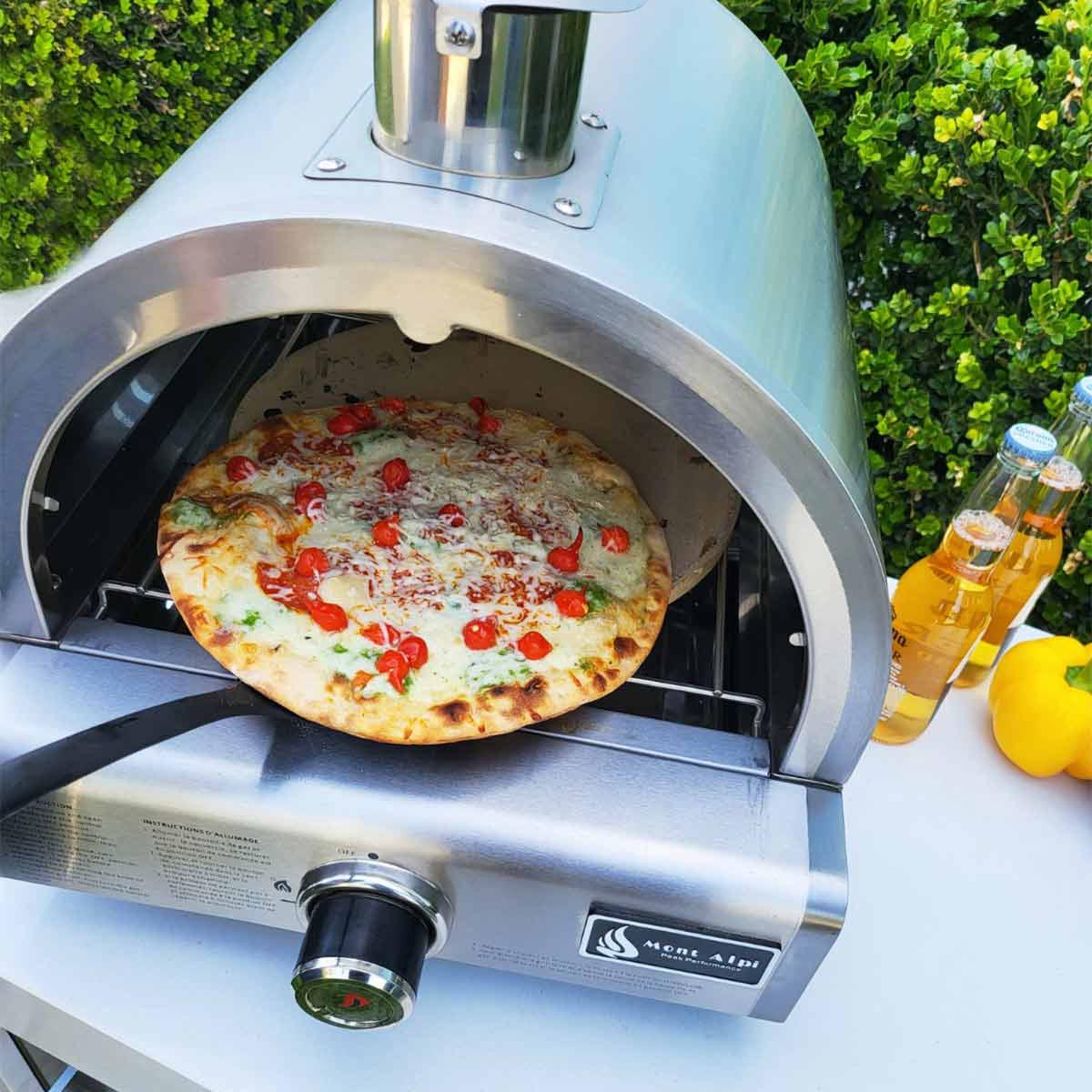
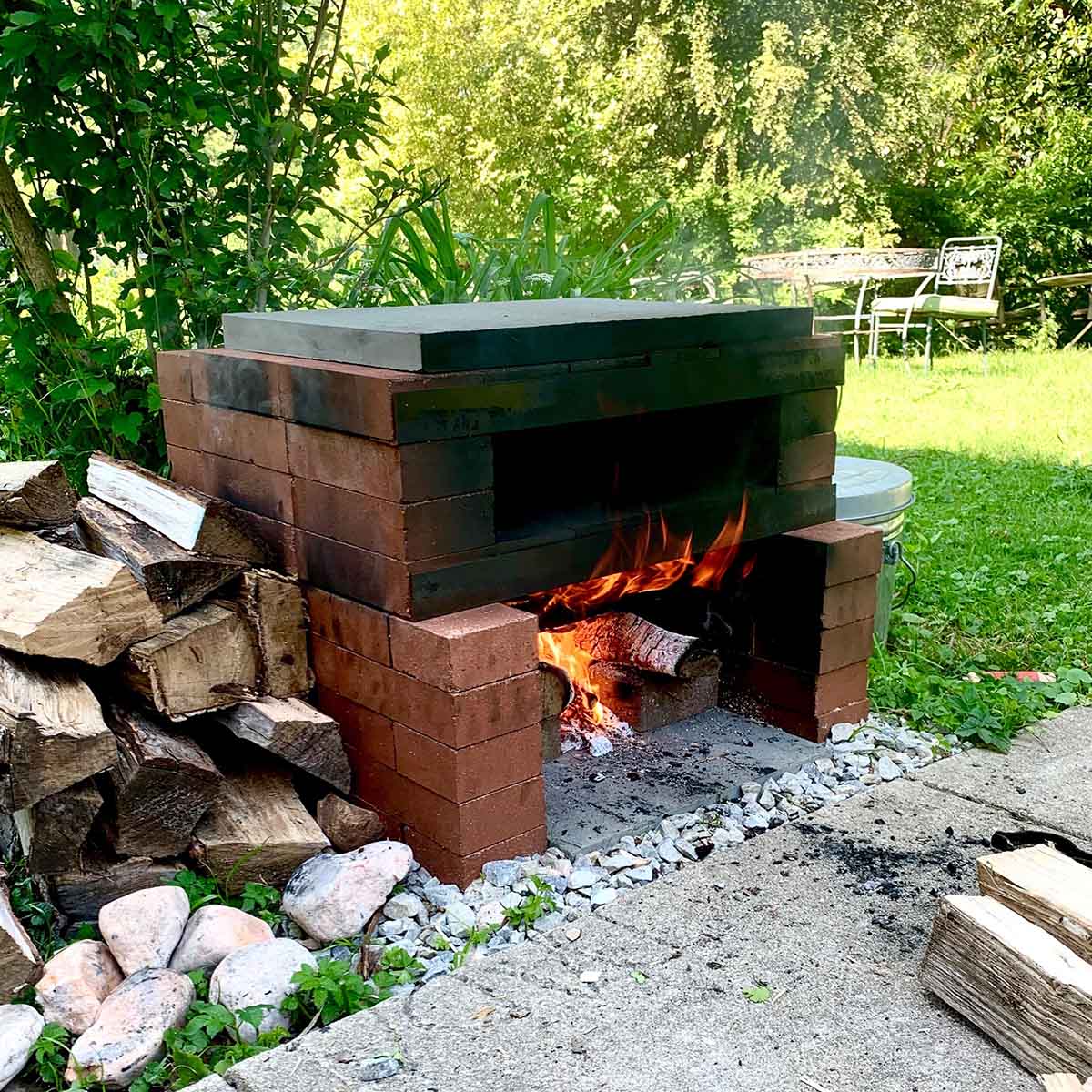
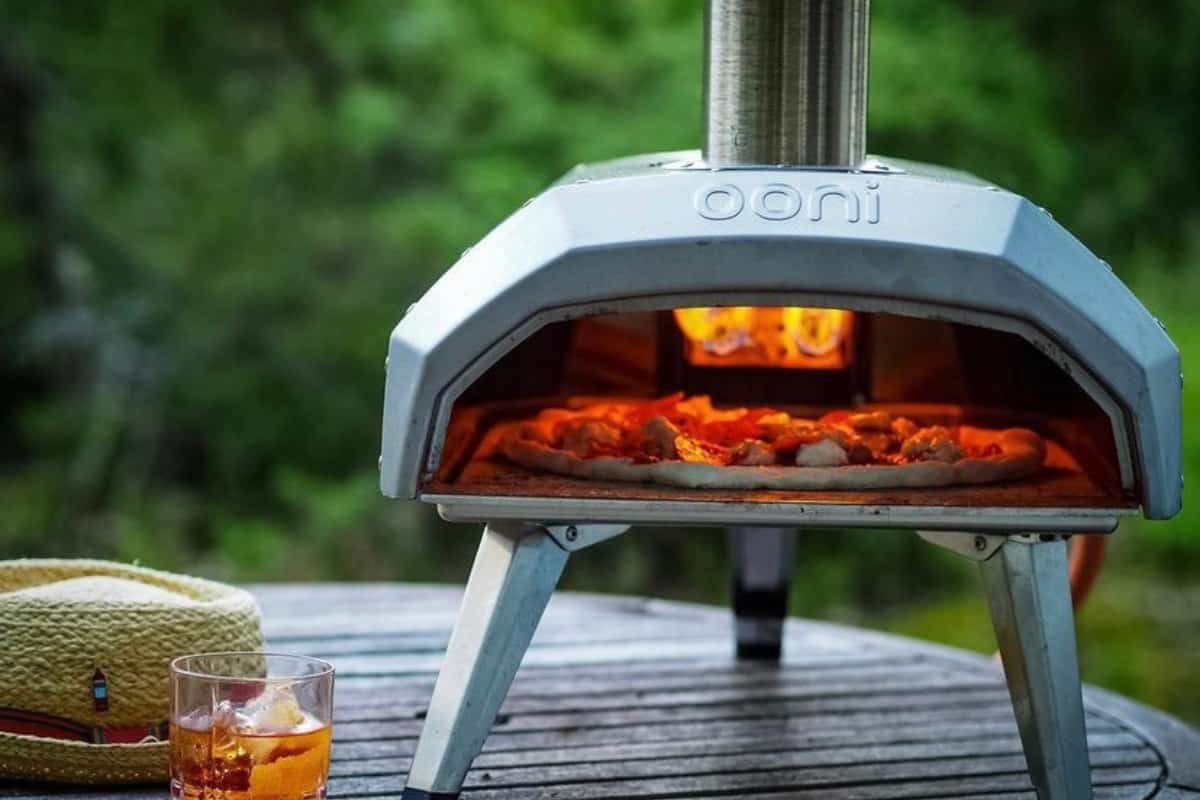
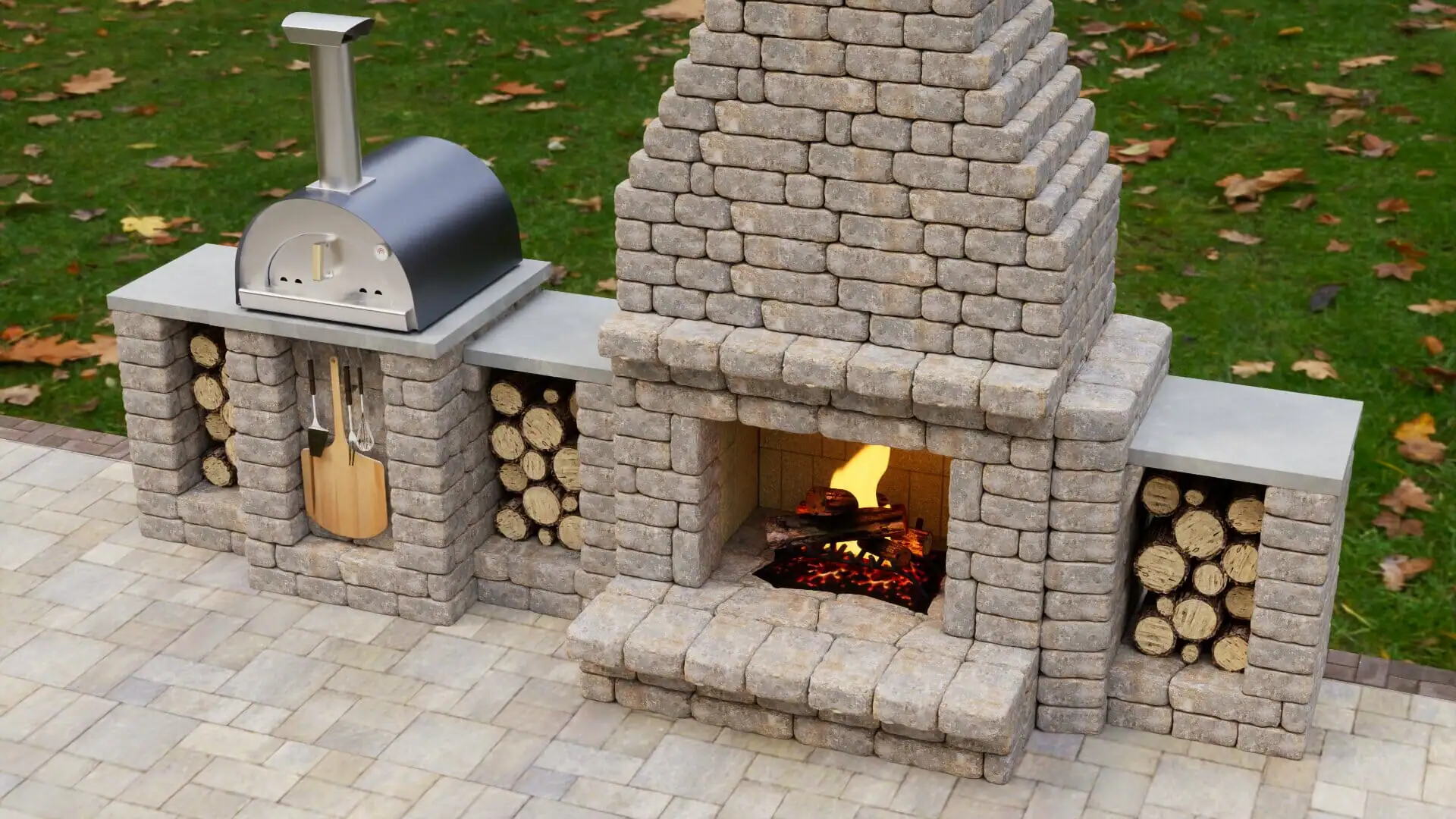
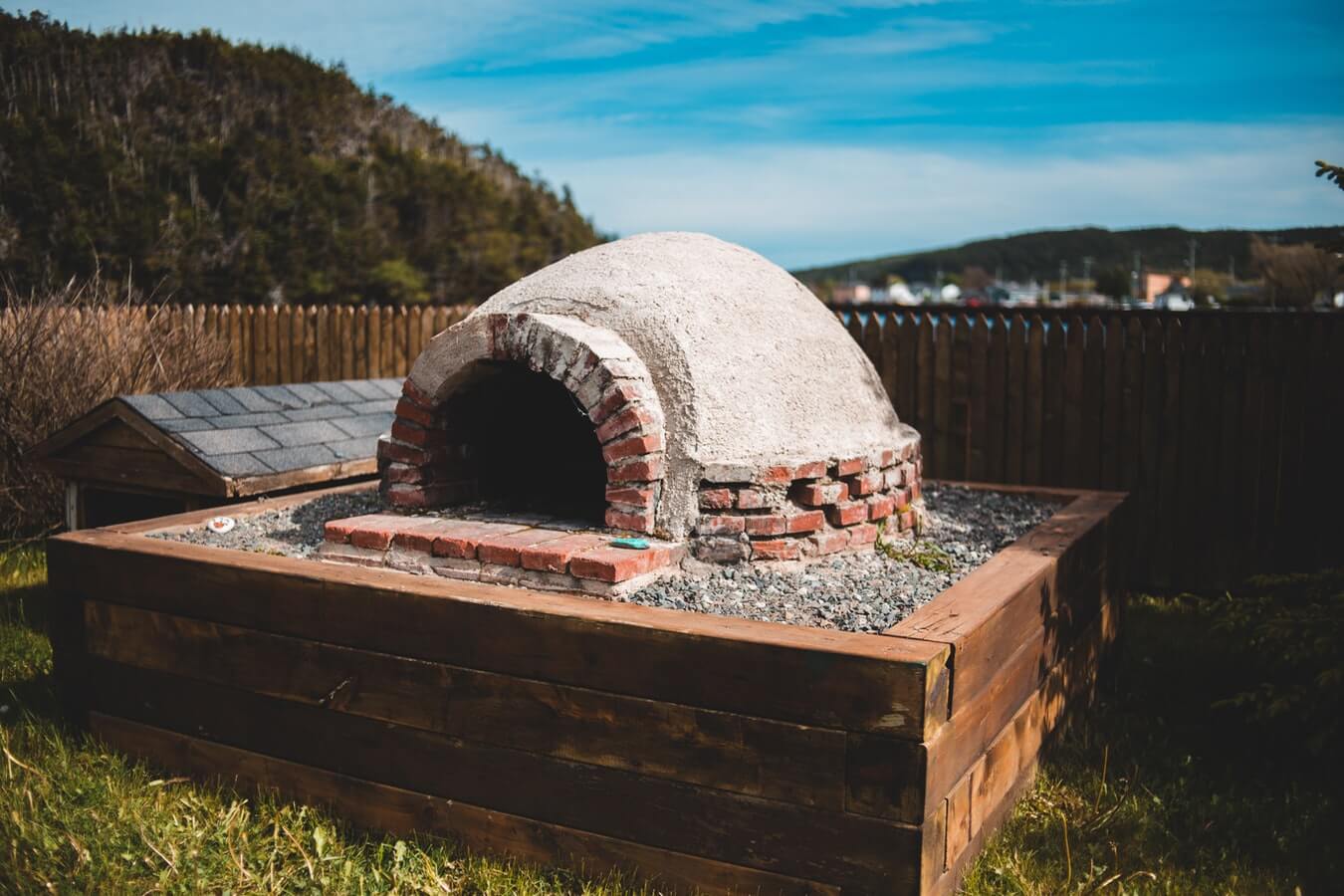
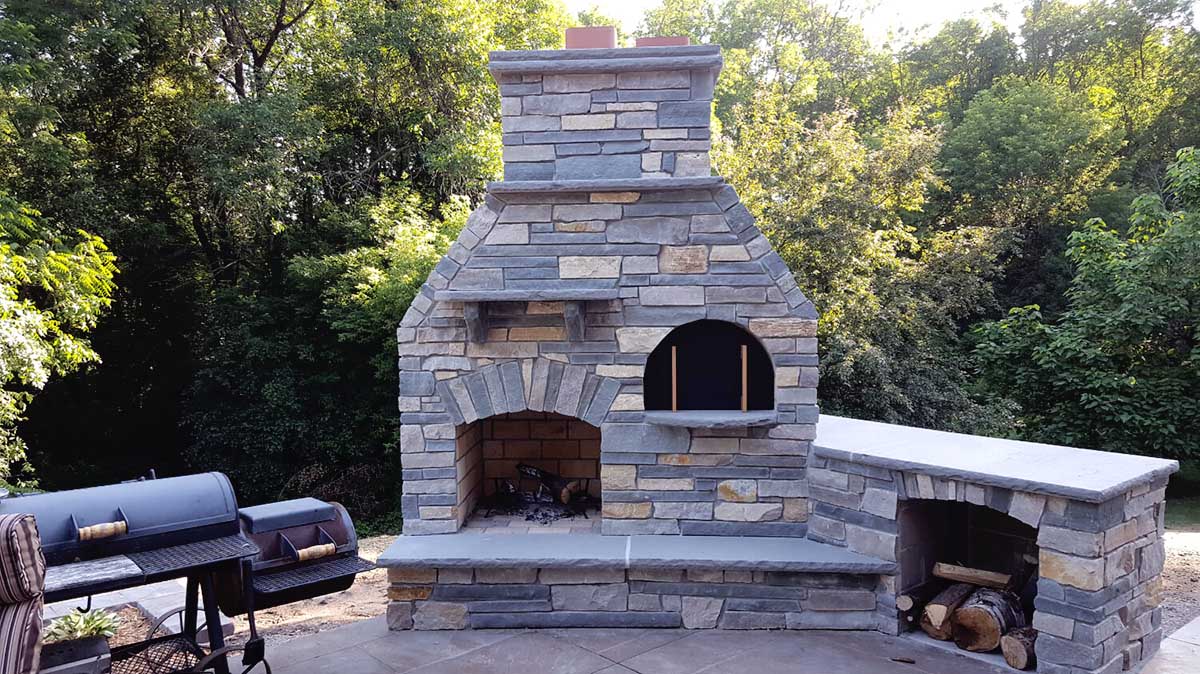
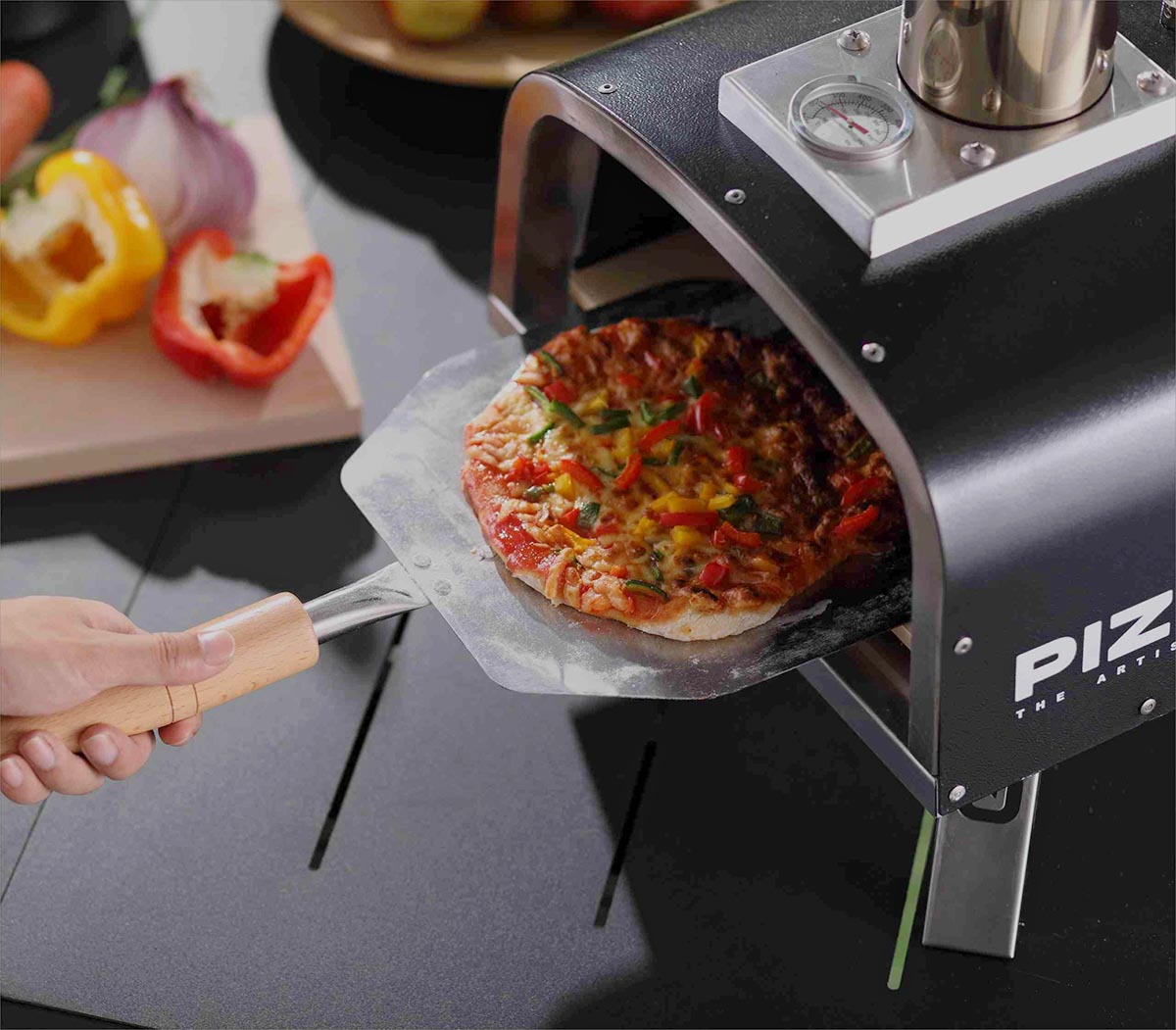
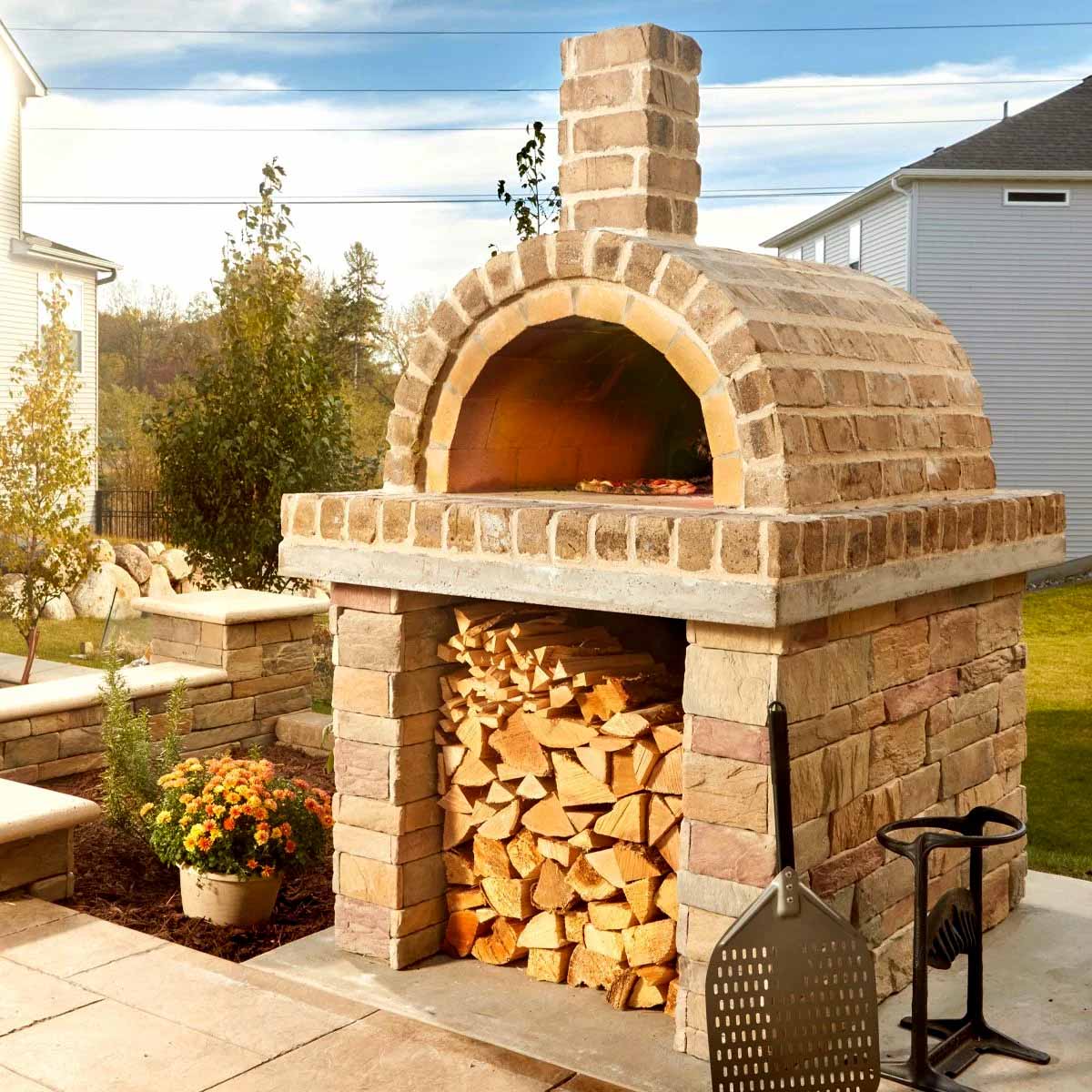
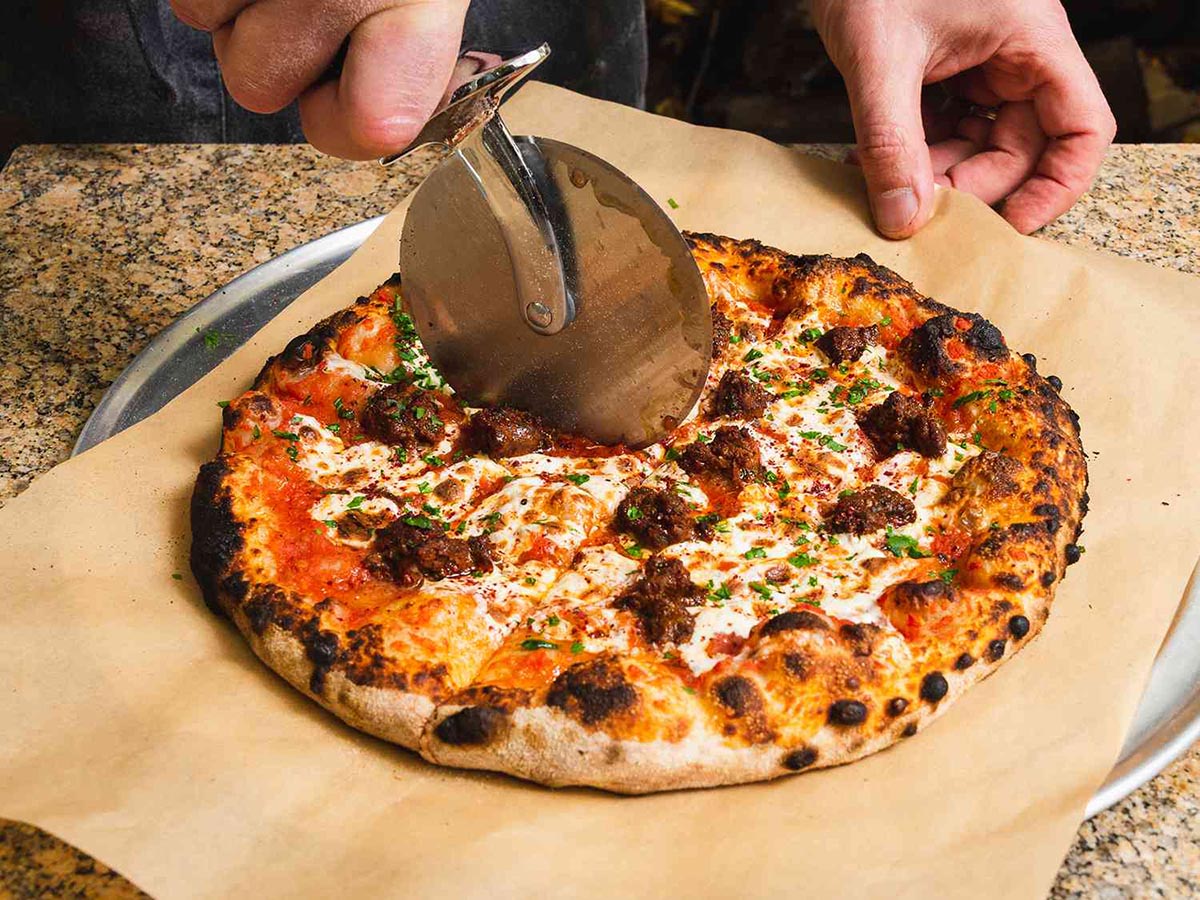
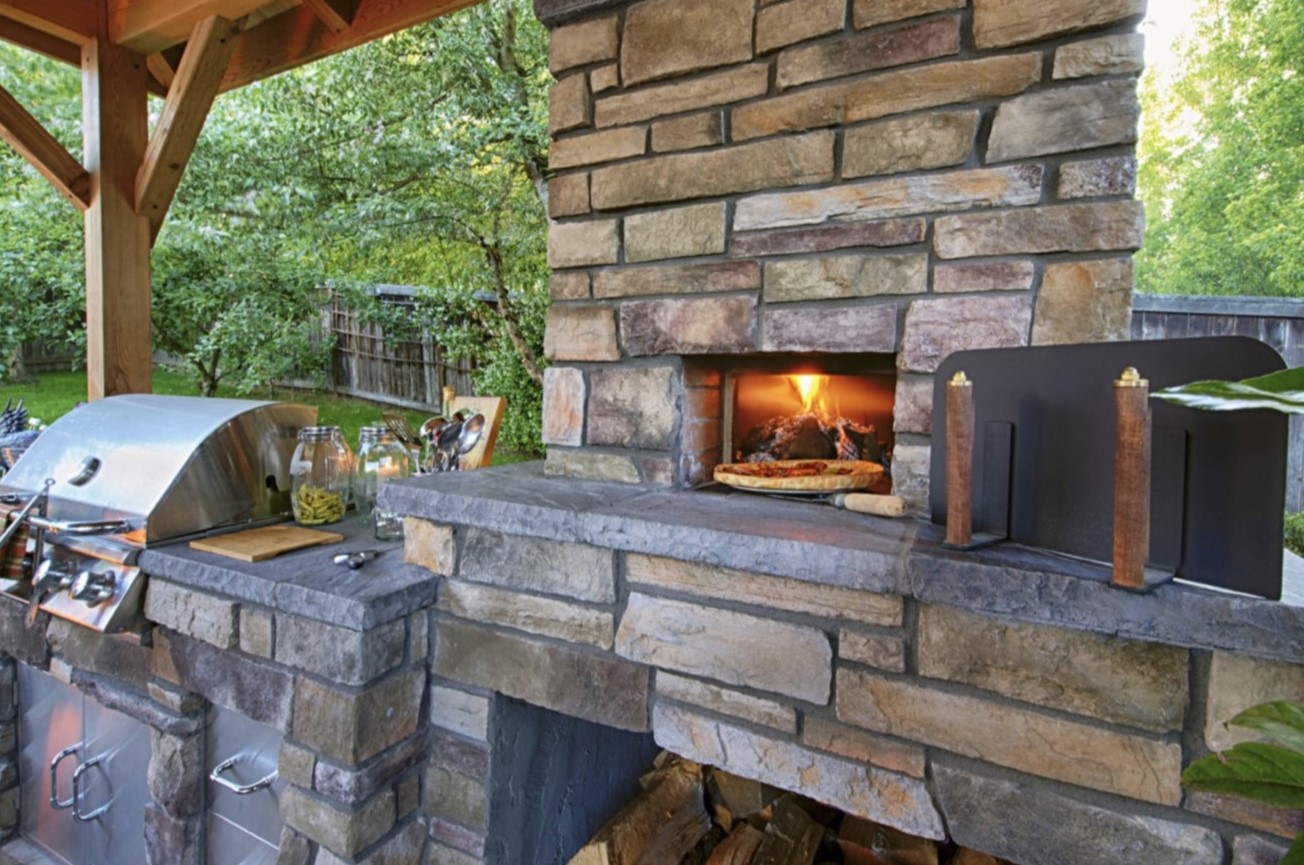
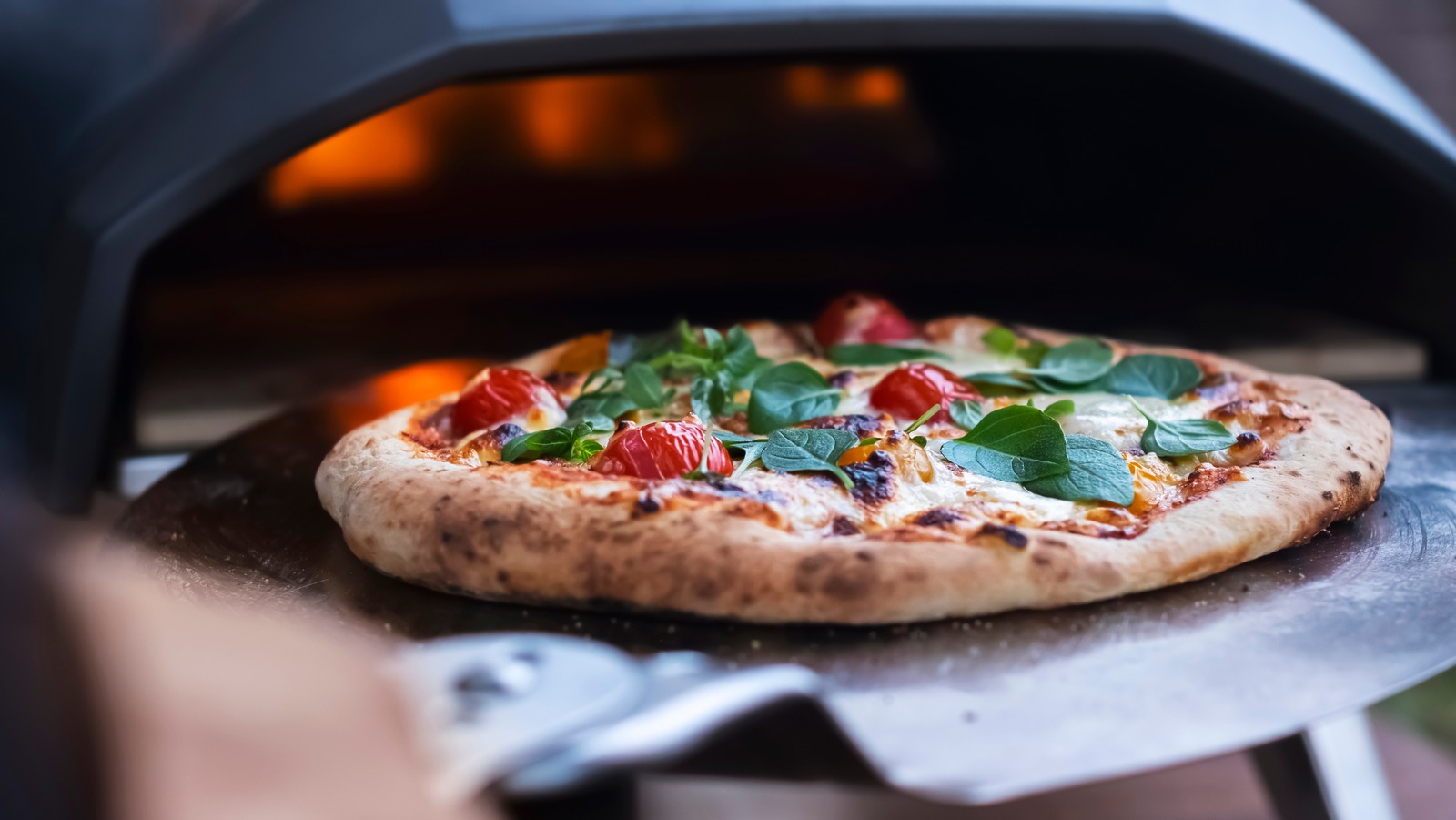
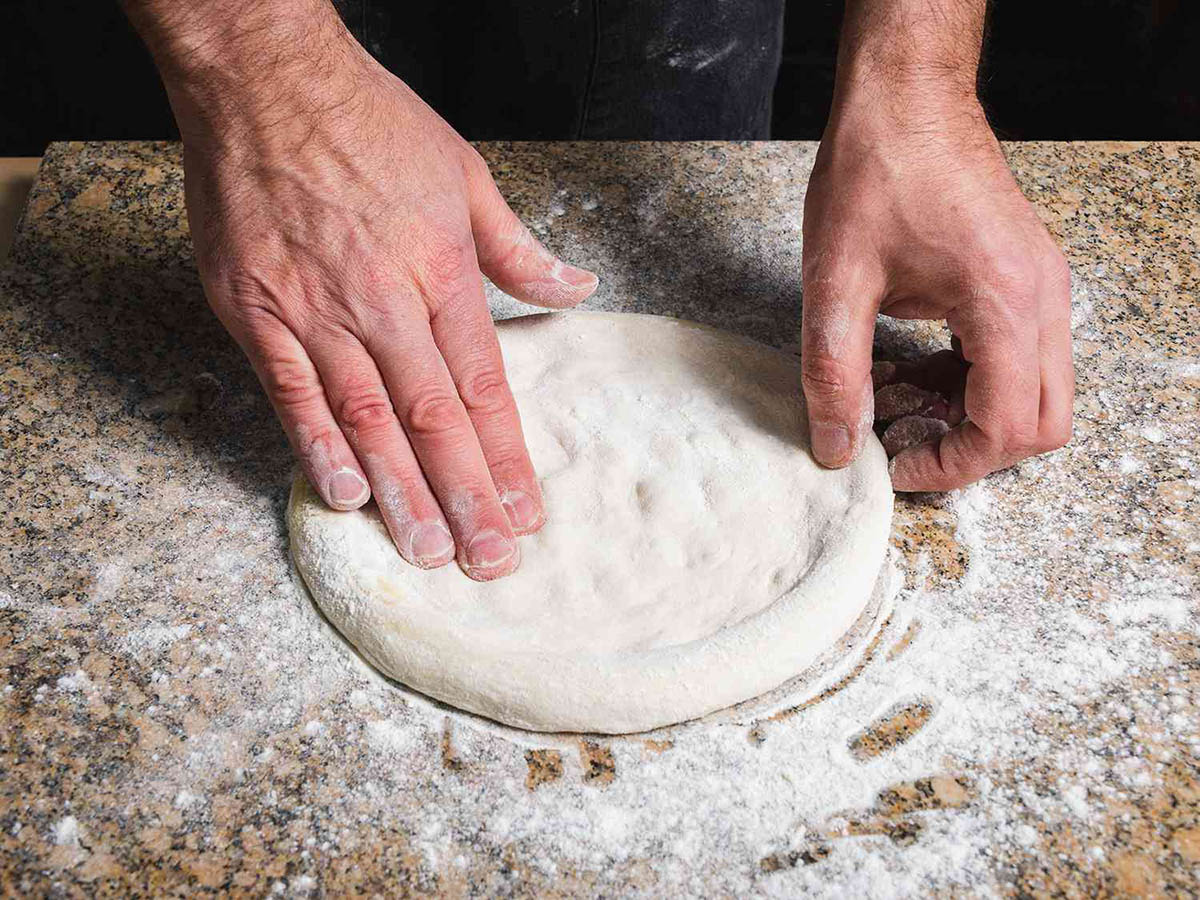
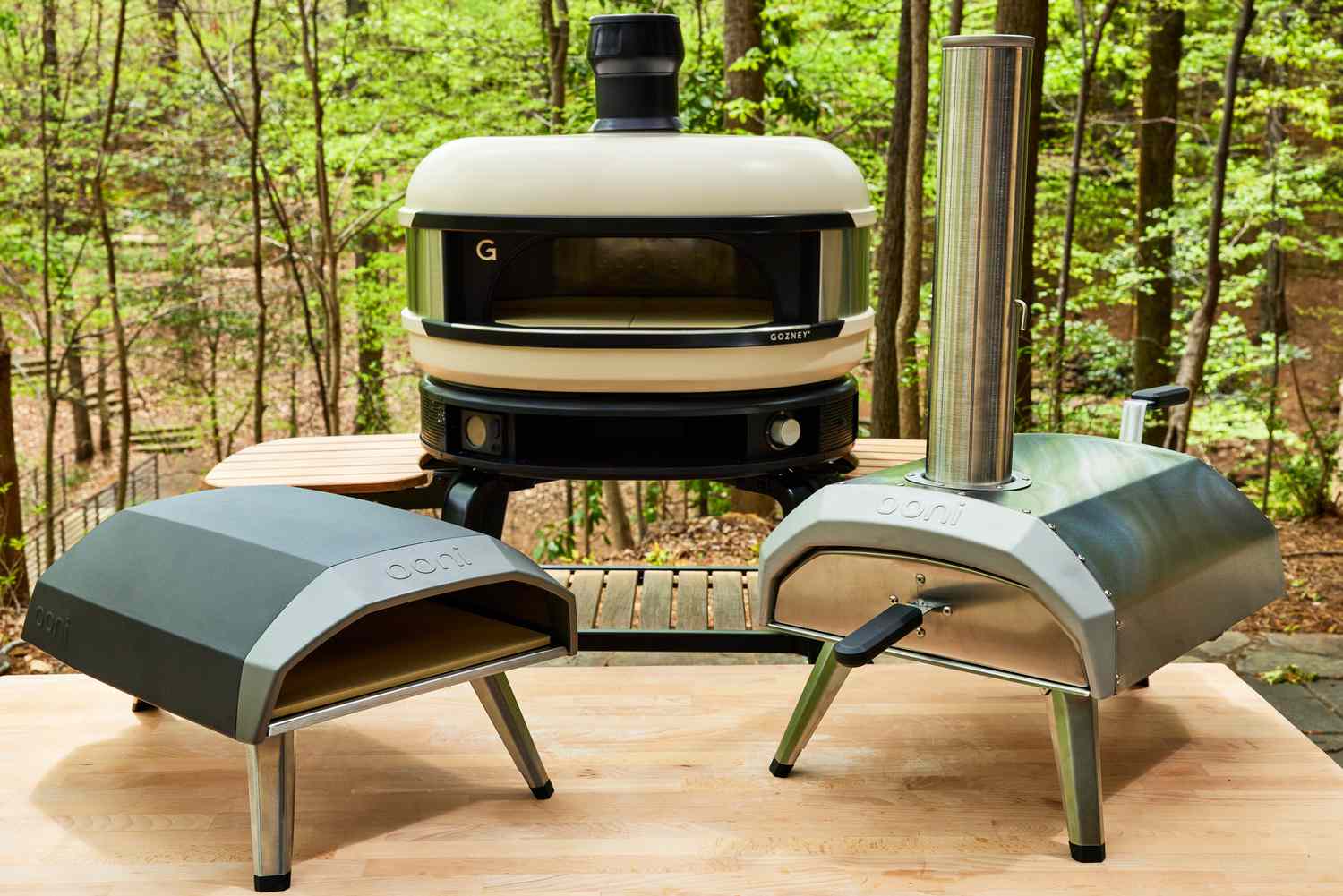
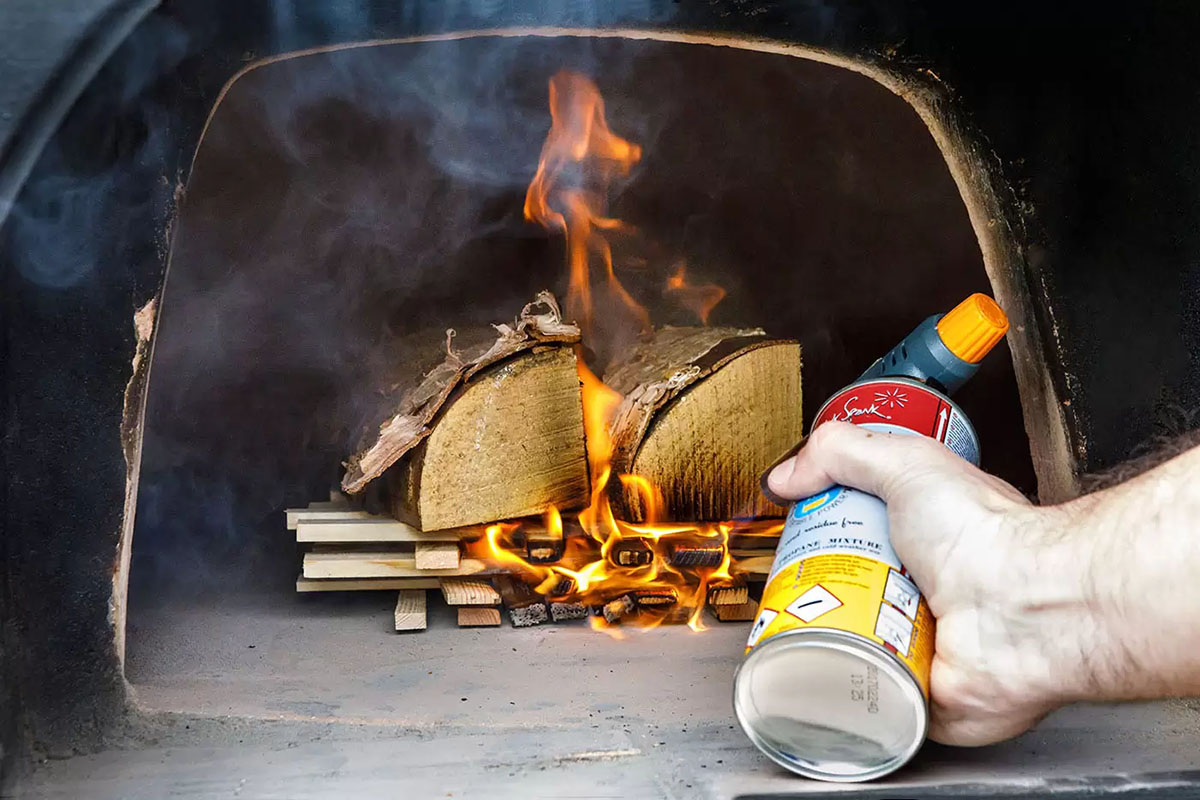

0 thoughts on “How To Cook Pizza In An Outdoor Pizza Oven”